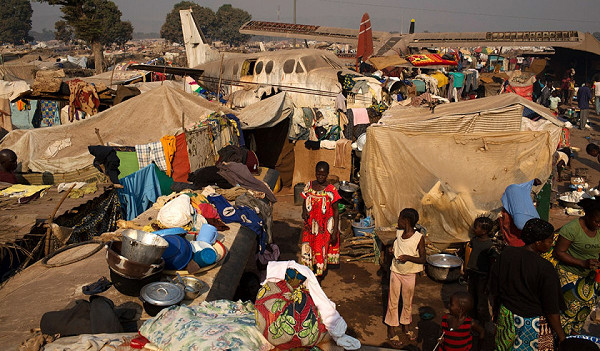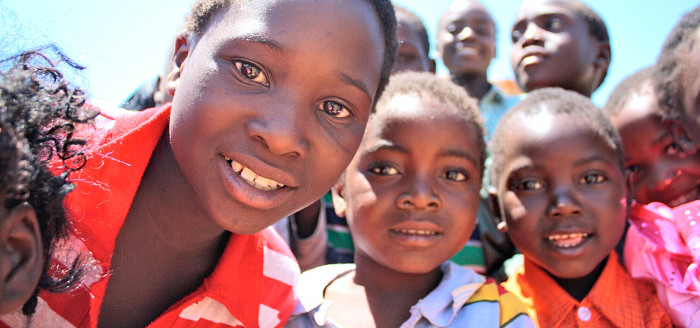The recent Transparency International Corruption Perception Index( CPI) report has sparked debate about corruption and its related effects on the economy and governance in Ghana. The report intends to measure the perception of corruption in public sectors, however how the study findings have been interpreted by media houses in Ghana needs to be addressed to avoid misinformation, miseducation and exaggeration of the report findings.
The media as the fourth arm of government has the responsibility of informing, educating, and entertaining the public hence the need to do due diligence when interpreting, informing or educating the public on data-related issues.
Observation by CDS Africa shows that Media houses in Ghana treated the CPI report findings as actual corruption cases or real corruption which shouldn’t be so. This is because chances are that most presenters within the media space may not have adequately studied the report and its methodology before interpreting its findings. This could as well lead to miseducation of the public.
Why extreme caution should be taken while interpreting or generalizing CPI findings
These limitations are necessary to inform the shortcomings of the study hence there is the need to take extra caution in generalizing findings from the study.
- As stated in the methodology of the 2001 CPI report, The CPI does not measure actual corruption but perceives corruption or “degree of corruption” based on the views of a few selected people from some institution. Actual corruption is what the study methodology referred to as a “real phenomenon” of corruption. Furthermore, in the CPI methodological report in 2001 under the heading “interpreting perception”. The report acknowledges that” data collected relates to perceptions rather than to real phenomena, since actual levels of corruption cannot be determined directly.
- The 2001 methodology which throws light on “perception and reality” further pose a rhetorical question as to “whether such perception improves our understanding of what real level of corruption may be”.[1] Therefore, interpreting the findings as actual cases of corruption amount to an erroneous extension of the scope of the CPI. The misconception may stem from some media houses and political activists’ failure to do due diligence and understand the methodology.
- The methodology section of the CPI acknowledges that” to date, there is no indicator which measures objective national levels of corruption directly and exhaustively” (2001 CPI, page 1).”.
- The report falls short of the two main approaches for determining generalisation of a study, which are theoritical generalization (qualitative study) and statistical generalization (quantitative study) and this is because of its very limited sample size. Even in the case of theoretical generalization (which has to do with small sample size), the study report seems not to consider saturation when collecting data.
- Statistically, drawing generalization from a study can only be reached when the sample size is statistically determined taking into consideration the population sample size. The CPI used a very limited sample size to compute for effect size and goes further to compute standard deviation and level of confidence. However, it is misleading to draw generalization from a few selected sampled institutions.
- As outlined by the study methodology, the study approach is not exempted from the likelihood of biases, which the report acknowledges. As posited in the study methodology, “if the perceptions gathered are biased, such a potential bias might originate from the particular cultural background of respondents. Depending on whether the sample consist of locals or expatriates, this suggests two potential biases to be relevant”.
- The CPI 2001 report outlined clearly another potential pitfall of respondent’s responses being informed not by their actual experience but rely on media coverage and reportage which can negatively affect the validity and reliability of a study. The 2001 CPI methodology report described it as “respondents rely only on hearsay.”
- Last but not least, the CPI in 2019 based on the score of sub-Saharan African countries (including Ghana) described countries in the regions’ performance as painting a picture of “inaction” against corruption but this is not supported by the global corruption barometer report which found that majority of Ghanaian (more than 70%) in 2019 were of the view that the government is doing well against corruption. Ghana was not even mentioned among African countries who are performing well in the 2019 CPI report but this is recognized by the global corruption barometer. The global barometer report is also partnered with transparency international. These inconsistencies in reports about Ghana therefore call for the need to us all to be circumspect when interpreting international reports such as the CPI and relating it to the Ghanaian context.
Conclusion
Interpreting a study without due diligence regarding the methodology is more likely to subject the study to wrong interpretation, and misinformation to the public. The quality, and validity of a study is not determined by the topic or its findings but the methodology employed to obtain the results. Therefore, there is a need for both print and electronic media and anyone who desire to use international report in local context to understand the methodology in other to make rightful interpretation of the findings.












Write a Comment